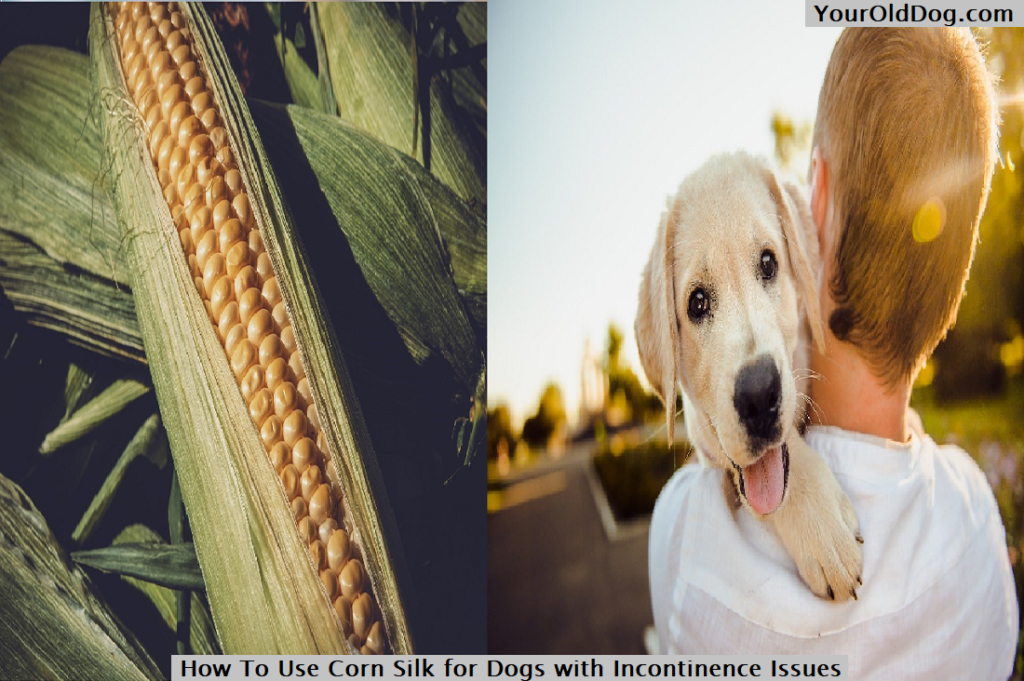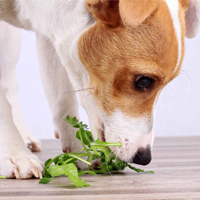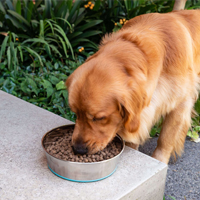
How To Use Corn Silk for Dogs with Incontinence Issues
The primary therapeutic use for corn silk for dogs deals directly with the urinary tract.
Corn silk was first documented for use in treating urinary tract infections by the Incans in Central America, believe it or not, so this is an old and reliable remedy that has proven results in canines as well as humans.
How does corn silk help incontinence?
Because corn silk contains proteins, carbs, vitamins, fiber, and minerals, it packs a wallop. It has the properties of many diuretics as well, plus there is evidence that it can aid in inflammation.
- Dog with urinary incontinence have been effectively treated with both natural silk from an ear of corn as well as corn silk supplements. There’s no guarantee it will work for your dog, but they’re both worth a try. If one doesn’t work, then try the other. Products like Nature’s Way cornsilk capsules for dog incontinence have been recommended for bladder or urinary infections due to its function as a mild diuretic. There are many stories of pet owners successfully using corn silk for dogs to treat with leaky bladders, for instance. It’s a cheap option to try and Nature’s Way gets pretty good reviews on Amazon.
- Because corn silk has anti-inflammatory properties, it’s ideal when it comes to treating infections in the urinary tract. It will improve and increase the output of urine in your dog, but it will accomplish this without increasing or contributing to any irritation. It will aid in the existing inflammation, thus making it an ideal treatment for a very tricky condition.
- There is evidence to suggest that corn silk has applications when it comes to diabetes as well, although results have mainly shown up in humans and lab mice. The results of a study involving mice do suggest that corn silk can help lower blood sugar levels, but there’s no evidence regarding this effect in dogs.

Dosage of Corn Silk for Dog Incontinence
- If using supplements, follow bottle instructions. However, use common sense and take your dog’s weight and size into consideration. Start at the low end and work up until you see the desired results.
- If using fresh silk from ears of corn; there’s no real recipe here. Remove the silk from your fresh corn, place the silk from 1-2 ears of corn into a pan with 1-2 cups of boiling water. As a guide for fresh, use the silk from one ear of corn per one cup of boiling water. Cover and let the tea steep for roughly 20 minutes. Give 1/4 cup for every twenty pounds two times a day.
- If using a cut and sifted or a powder form, I recommend adding one cup of boiling water to two teaspoons of the dried corn. Cover and steep for 5-8 minutes. Strain and give 1/4 cup for every twenty pounds 2 times daily.
The following video shows you how to make corn silk tea from fresh corn silk for dog incontinence. Simple!
Is Corn Silk Safe for Dogs?
Preventative Measures
Corn silk is widely seen as a relatively safe product to use for dogs and humans alike, but there are some possible side effects and precautions. For one, corn silk should NOT be used in large doses in pregnant dogs because it can stimulate the uterus and subsequently lead to miscarriage.
Because of the potential effects on blood sugar in dogs, corn silk could also be problematic for dogs with diabetes. While its use in humans has been proven to have some positive effects, there are still reasons to be cautious when it comes to using corn silk for dog incontinence. There isn’t enough information regarding its use as part of a diabetes regimen.
Another issue with corn silk has to do with the potential for decreasing potassium levels in the blood, which can lead to the appearances of rashes and itching.
Cornsilk Capsules for Dog Incontinence
Corn silk for dogs is a relatively safe option and is primarily helpful when it comes to treating urinary tract and dog urine leak issues. Dogs with leaky bladders have experienced tremendous improvement with corn silk and its anti-inflammatory effects are certainly welcome. Other uses have shown encouraging but limited results, so some caution should be taken when using it.
Still, corn silk makes for an interesting natural treatment for dogs both because of its tremendous upside and because of the unique way corn silk can be found in the first place.
The next time you find yourself shucking corn, give that “silk” a second thought before you toss it away. You can learn more about how people use it for themselves as a supplement here.
The History Behind Corn Silk
Corn silk, unsurprisingly, comes from the corn plant itself and is derived from the “silk” at the top of an ear of corn.
There are a number of different names for it including Indian corn to Maize Silk to even Purple Corn. The interesting thing about this herb is that it’s so generally discarded.
When shucking an ear of corn, getting rid of the silk is a bit of a chore and can be pretty irritating. Most people don’t think of the potential healing properties of the silk and for good reason, but the truth is that corn silk is pretty darn useful when it comes to your dog.
Harvesting the corn silk is a matter of pulling the strands from the ears of corn and spreading them out on a paper towel or even a plate so that they can dry. Corn silk should only be harvested from homegrown or organic corn, as there are pesticides and other problems that can crop up from supermarket corn.
References: Herbs for Pets by M.L. Wulff-Tilford and G.L. Tilford, Natural Remedies for Dogs and Cats by CJ Puotinen










